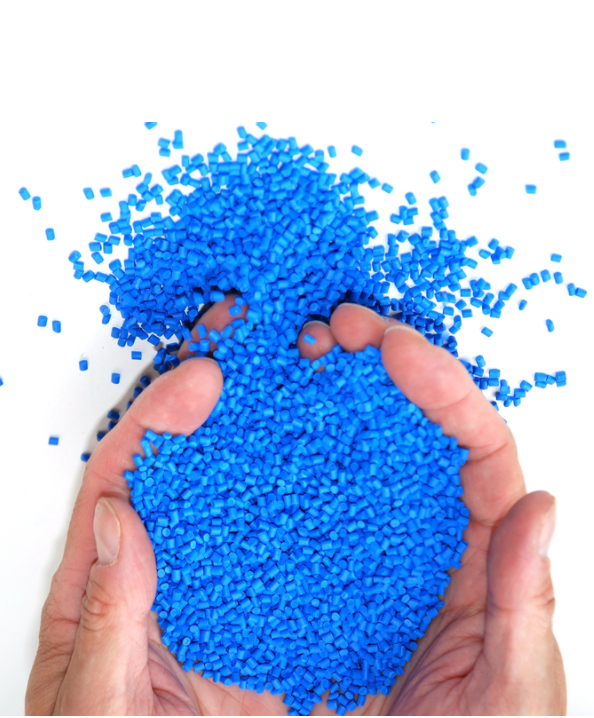- Home
- eng
- Our Products
- Plastic additives
Polymer Additive
สารเติมแต่งพลาสติก
Each type of thermoplastics has different pros and cons so various plastic additives have been developed to enhance each plastic properties to suit their use such as to extend the service life, reduce costs and add value to the finish products.
B.B. Plastic Group Co., Ltd. offers a service to supply and customize plastic accordance with customer needs, the common examples of additives applications are as follow.
1. Filler
Most of the filler application increase thermoplastic density for the better resistance such as impact resistance, compression resistance, increased flexural strength, stiffness, but reduced shrinkage. In general, the filler can be divided into 2 groups according to its main functions:
- Extender or inert fillers, this group of fillers is usually used as an additive to increase its mass However, adding these types of fillers will also improve the plastic properties, especially their elastic properties.
- Fillers or active fillers. This group is used for the main purpose of improving the physical properties, mechanical properties of plastics such as electrical conductivity, thermal conductivity, etc.
2. Anti-aging agent
Plastic is a material that formed from repeat units of monomer chains, but when exposed to an activation energy such as heat, UV light, or oxidation, plastic is usually affected and broken apart. Therefore, in order to reduce this problem and help prolong the life of plastics, stabilizers or stabilizers have been invented. Stabilizers will increase the stability of plastic raw materials when encountering various stimuli.

3. Fire retardant
Plastics are primarily hydrocarbons which can be considered as excellent fuels. Each type of plastics has different flammability characteristics, some are non-combustible and some are combustible. [The purpose of the use of flame retardants in plastics is to keep the fire-retardant part from igniting the workpiece completely, or to prevent it from igniting or causing the fire to extinguish on its own.]

4. Plasticizer
The main purpose of plasticizer modifying the mechanical properties of plastics is to improve the elasticity, softness, especially hard and brittle plastics.
5. Antistatic Agent
Electrostatic build-up in plastics is often occurred when plastic contacts with the surface of other materials, resulting in friction in the manufacturing process. This affects the plastic to have an uneven density and an uneven electrostatic charge.
6. Lubricant
Lubricant is the additive that mainly plays a role in the production. It helps reduce the friction between the molten plastics molecules and between plastic and the metal surface in the manufacturing process, It give the molten plastic have better flow and reduce the temperature, save energy and shorten the production cycle.
B.B. Plastic Group Co., Ltd
operate according to
ISO 9001/2015 standards
All departments have modern machines. reliable checking system and staff ready to provide advice, responsibility.
